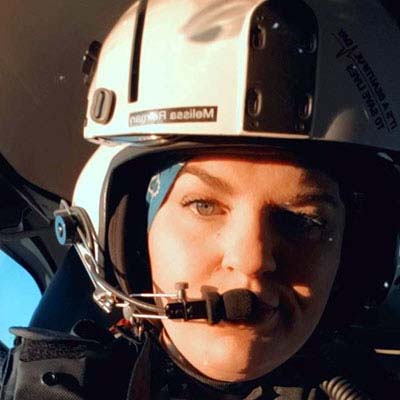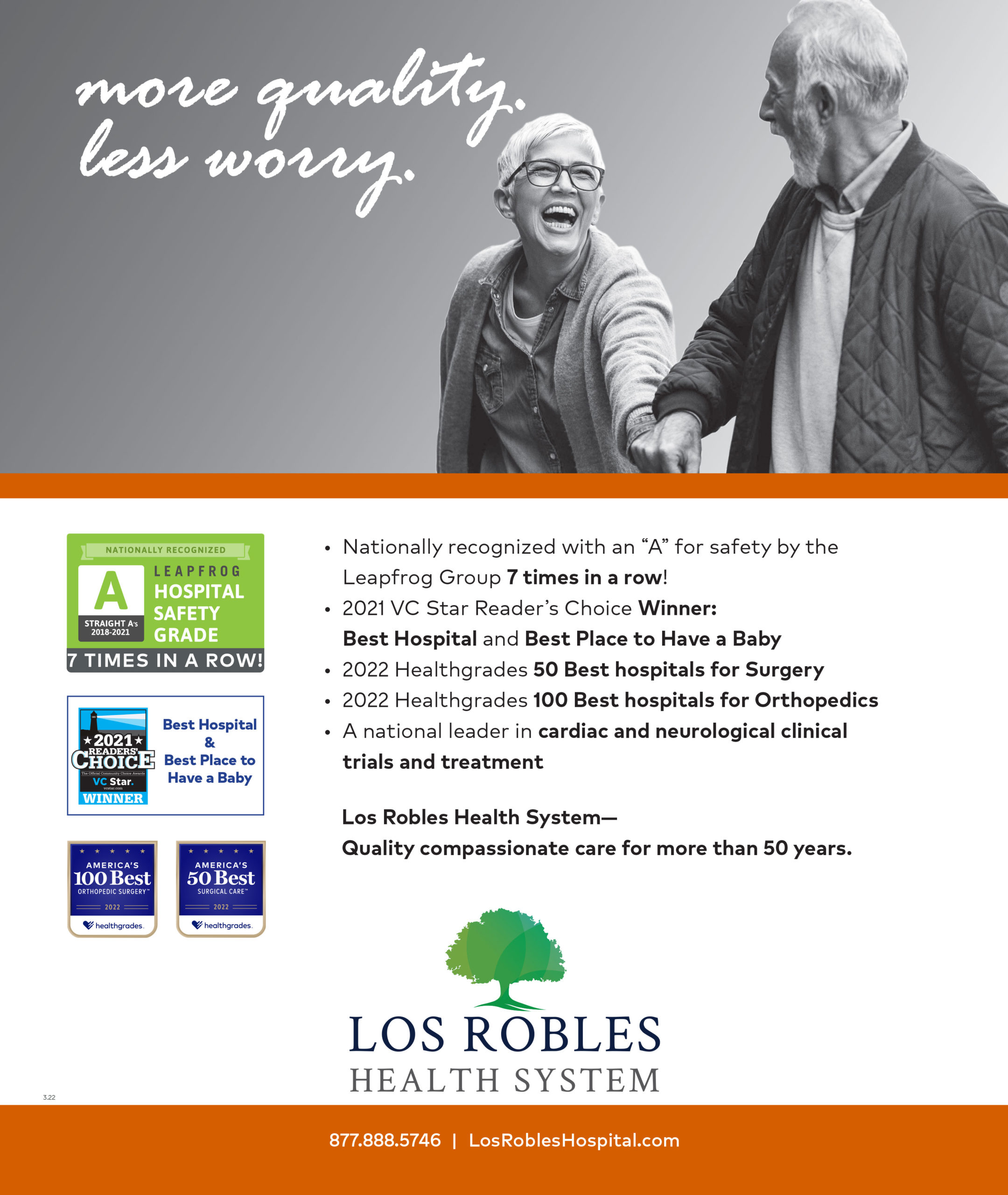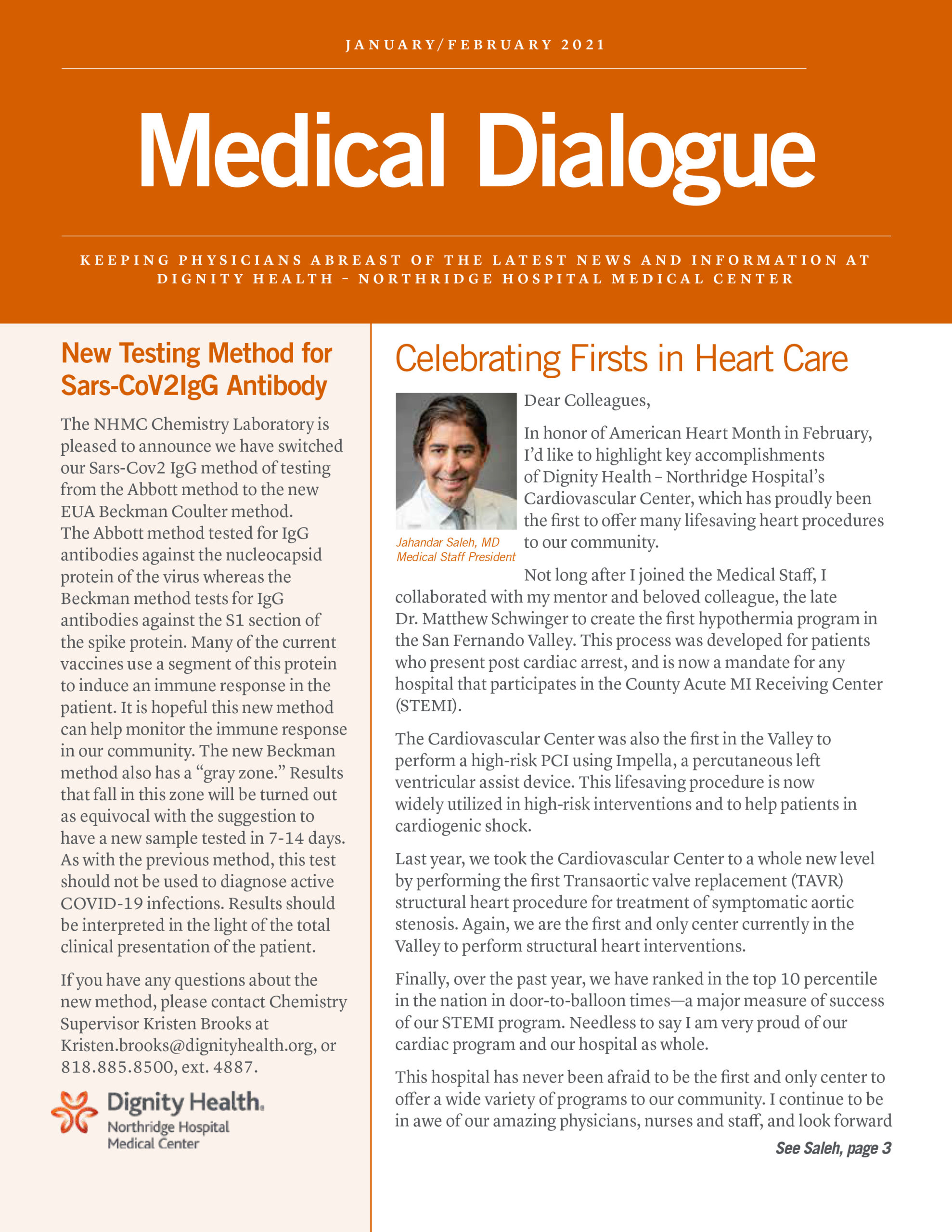portfolio
WEB DESIGN
COPYWRITING
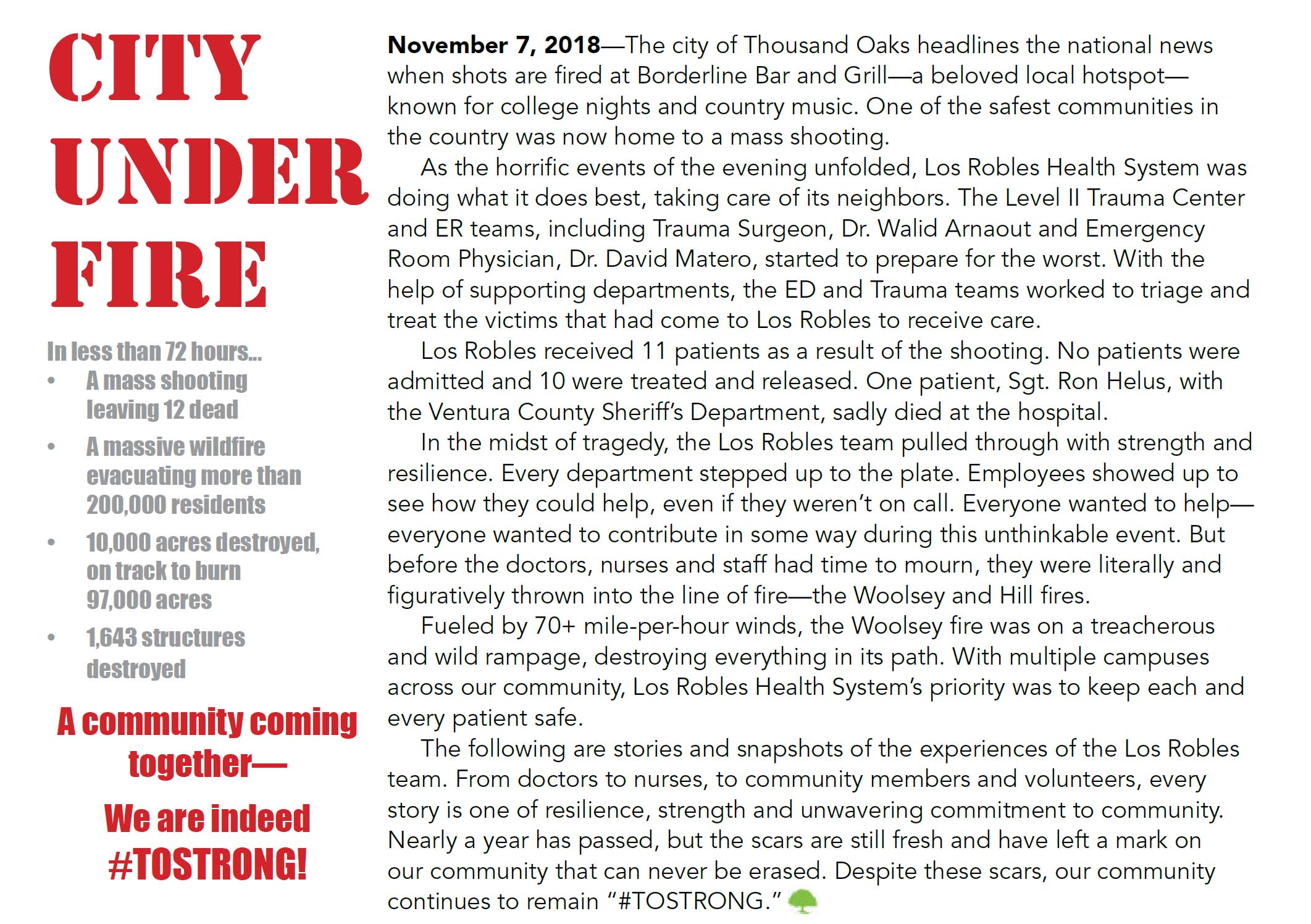
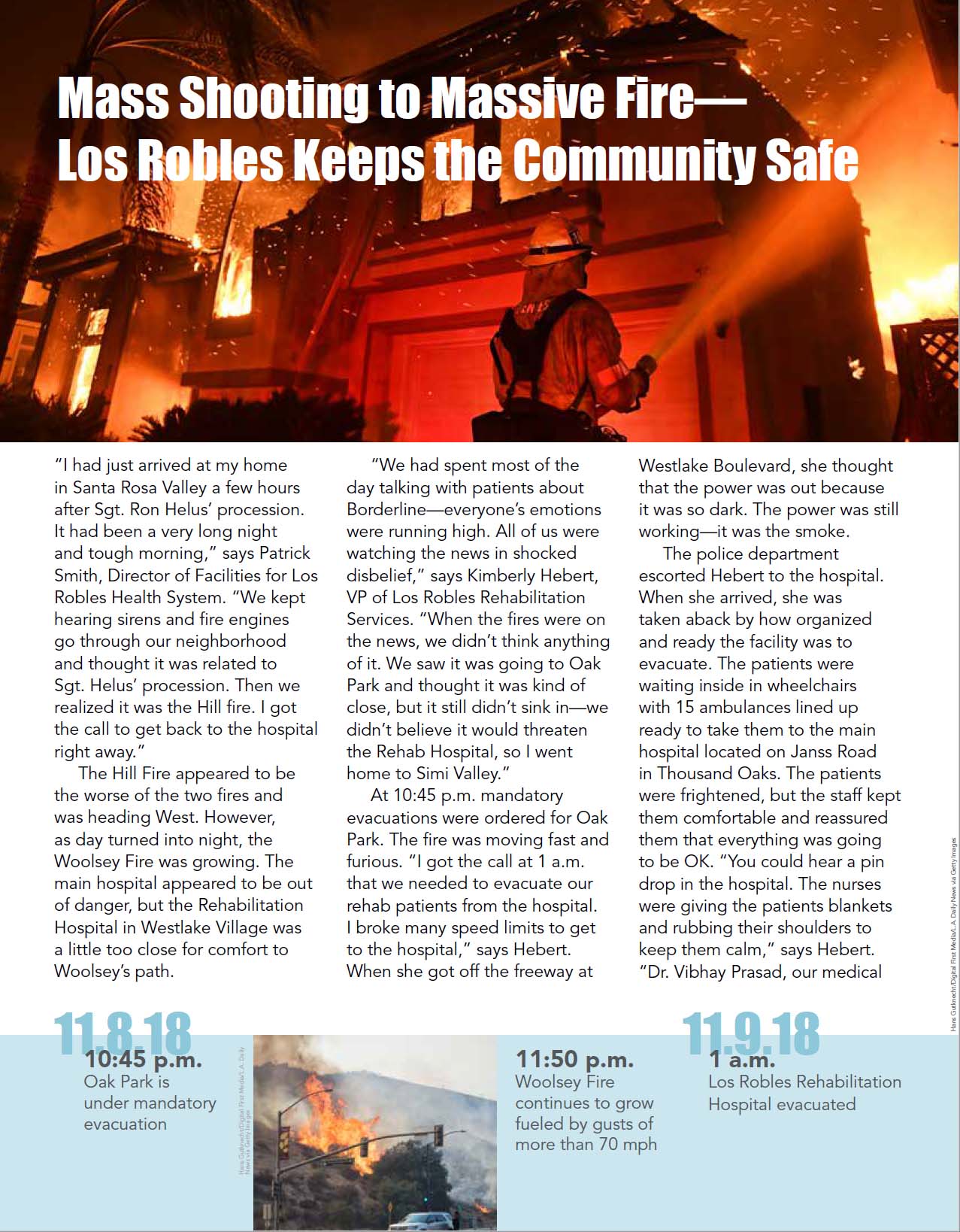
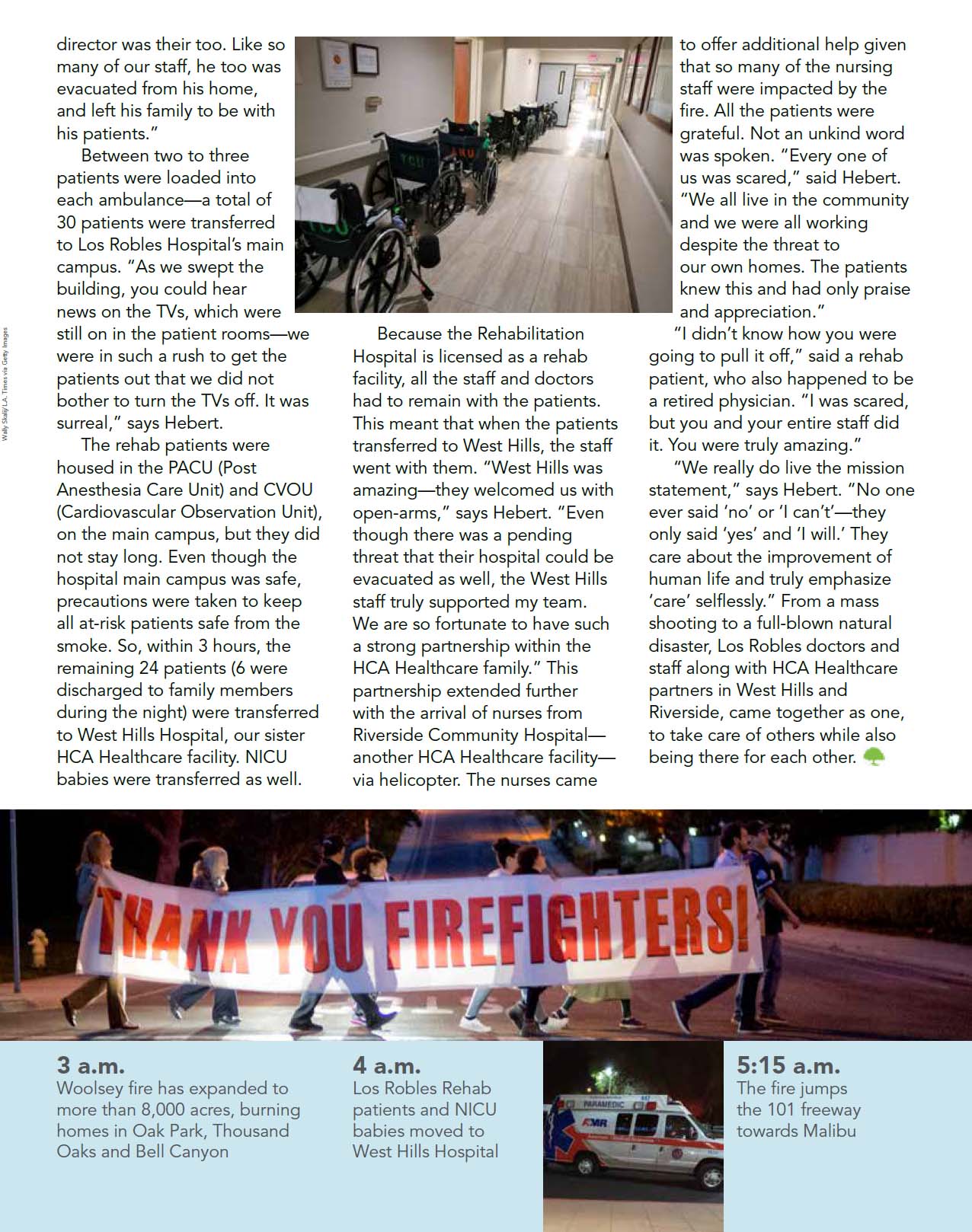
Back on the Bike
Julian O’Neil is only 23 years old, but if you were to look at his back before August of 2021, you would have thought he was much older. Julian had a large herniation in his disc which was aggravated when he was hit by a car earlier in the year. The recent George Washington University graduate admits that he was a bit tough on his body with a few sports injuries before, but the car accident literally wiped him out.
“Days after the crash, I couldn’t walk,” says Julian. “I was on heavy medication and could not lay my legs out straight. I actually gained 55 pounds before I met Dr. Armen Oganesian.” Julian was living in Washington D.C. when the accident happened. It actually took between 5 to 6 months for the diagnosis. His mom who lives in Thousand Oaks learned about endoscopic spine surgery from a colleague in her office.
“I actually tried to find a physician in D.C. who performed endoscopic spine surgery, but could not find one,” says Julian. “There are not a lot of surgeons who know how to do this type of spine surgery.” So, he headed home for the summer and made an appointment to see Dr. Oganesian.
“It was hard to see how much Julian had suffered over the course of a year for being so young. The lack of activity due to the pain had really taken a toll on his body. I was excited to get him out of pain so he can get back to the things he loved doing without pain”
Dr. Oganesian performed interlaminar endoscopic discectomy through the endoscope (small tubal device) through a keyhole incision in Julian’s back at Los Robles Health System’s Thousand Oaks Surgical Hospital (TOSH). The surgery, which generally takes less than 2 hours, is performed with minimal trauma to surrounding tissue, muscles, ligaments and tendons leading to a faster recovery.
“I woke up from my surgery and felt like I did a year ago,” says Julian. “The constant pain was gone. Before the surgery, I could walk 15 steps max,” he says. “That night I walked 3 blocks down the street with my mom!” Just a couple of months after surgery, Julian is well on his way to getting back in shape. He is riding his bike between 5 to 6 days a week and lifting weights as well. “I feel like I’ve gotten my life back. I can’t thank Dr. O and the entire healthcare team at TOSH enough.”
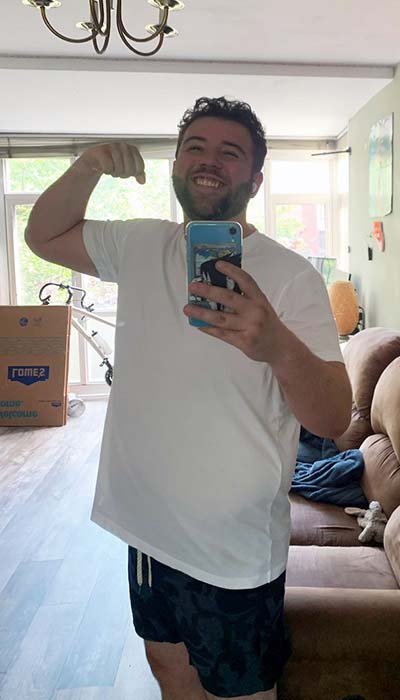
Morris’ Story
Morris Kahn is not your average 90-year-old—his motto is “add life to my years, not years to my life.” The very active businessman and philanthropist lives in Israel—he rides horses, dives and skis.
In 2018, his doctors detected that his heart had an abnormal heartbeat, so, they implanted a pacemaker. A short time later, his physicians determined that he had mitral valve regurgitation.
Even though Morris could have gone anywhere for his cardiac care—he chose Los Robles at the recommendation of a friend after another surgeon recommended open heart surgery. Morris had triple bypass surgery 10 years prior, so he was not crazy about the idea of opening his chest up again —he knew there had to be another alternative for him without the unnecessary risks. “I am blessed that I have the privilege to consult and be treated by the best doctors in the world,” says Morris.
After doing a bit more research, Morris contacted interventional cardiologist Dr. Saibal Kar. Within minutes, Morris was won over by Dr. Kar’s interest in what was best for his potential patient. He did not rush him into surgery and told him to try medication before undergoing any procedure. By September of 2019, it became clear that some sort of procedure would be required to fix the valve. “I was in Los Angeles for a business meeting and found myself out of breath again,” says Morris. “I contacted Dr. Kar who happened to be in India. Despite the 4 a.m. time in India, he spoke with me over the phone in detail about what could be done to fix my mitral valve.”
Upon Dr. Kar’s return, the two met and Dr. Kar suggested the MitraClip™ device was a good option. Kahn says that he could have gone anywhere in the world for treatment but chose Los Robles.
Los Robles is the first hospital in the world to utilize the fourth generation MitraClip™ G4 device which was recently approved by the U.S. Food & Drug Administration (FDA). Based on new clinical trial data, the FDA expanded the indication for MitraClip™ therapy for the treatment of patients with heart failure and secondary mitral regurgitation. “Morris was a great candidate for this less invasive procedure,” says Dr. Kar.
Two months post-op, Morris is back to riding his horses and his very active daily routine. “If it weren’t for the dedicated cardiac team at Los Robles and my fortunate situation of finding them, I’m sure that I would have had to have undergone a more invasive surgery. I’ve added life to my years—what more could I ask for?”

From caregiver to patient
Melissa Reiman is a flight nurse, she takes care of patients in transport on helicopters. She makes sure that critical patients get the care they need and get it quickly. So, imagine her surprise when she became the patient in need of immediate care.
Reiman, 33, had suffered from severe migraines as long as she could remember, but she noticed that they were getting worse. “All the things that I used to treat my migraines with was no longer working,” says Reiman. She was actually waiting to get into the Migraine Clinic at UCLA. On March 21, 2019, Reiman was home. She had just been assigned a new territory in the Imperial Valley that week—all the while dealing with a severe migraine. Before settling down to a nap with the hopes of getting rid of the migraine, Reiman glanced in the mirror. She noticed that her left pupil was dilated, the left side of her face was constricted and her tongue was pointed to the right. She knew she needed to get to the hospital. The Antelope Valley resident went to the nearby hospital and learned that she had a left carotid artery dissection and a clot associated with it. “Before I knew it, my coworkers were flying me to Los Robles.”
Within moments of her arrival, the physician on call performed a brain perfusion study—a type of brain test that shows the amount of blood taken up in certain areas of the brain. The study provides information on how the brain is functioning. A stroke occurs when the supply of blood to the brain is either interrupted or reduced. When this happens, the brain does not get enough oxygen or nutrients, and brain cells start to die.
That morning, Dr. Asif Taqi took Reiman to the interventional radiology suite, found a large dissection and placed 4 stents in Reiman’s brain and neck blood vessels. “Essentially, I inserted a catheter into Melissa’s artery through the groin and threaded it through her body to the site of the blockage,” says Dr. Taqi. Reiman spent 7 days in the ICU (Intensive Care Unit) post-surgery.
Since her procedure, she continues to have follow-up appointments and CT scans to make sure that the stents hold. “Recently they found another dissection with a small aneurysm but we’re just watching it now to make sure that nothing develops,” says Reiman.
In July, just 3 months after her surgery, Reiman was back at work doing the job she loves. “I’m back at work and that would not have been possible if the system was not working perfectly on that March day,” she says. It has taken her a bit of time to get back up to speed with her co-workers, but she says the support she has received from them has made all the difference. Her goal now is to focus on bringing health to all aspects of her life—her body, sprit, finances and family. “I definitely minimized the symptoms and was in denial. I didn’t want it to be what it was,” she says. Her advice is simple, “Seek help and be honest with yourself in order to prevent missing a sign of something bigger.”
